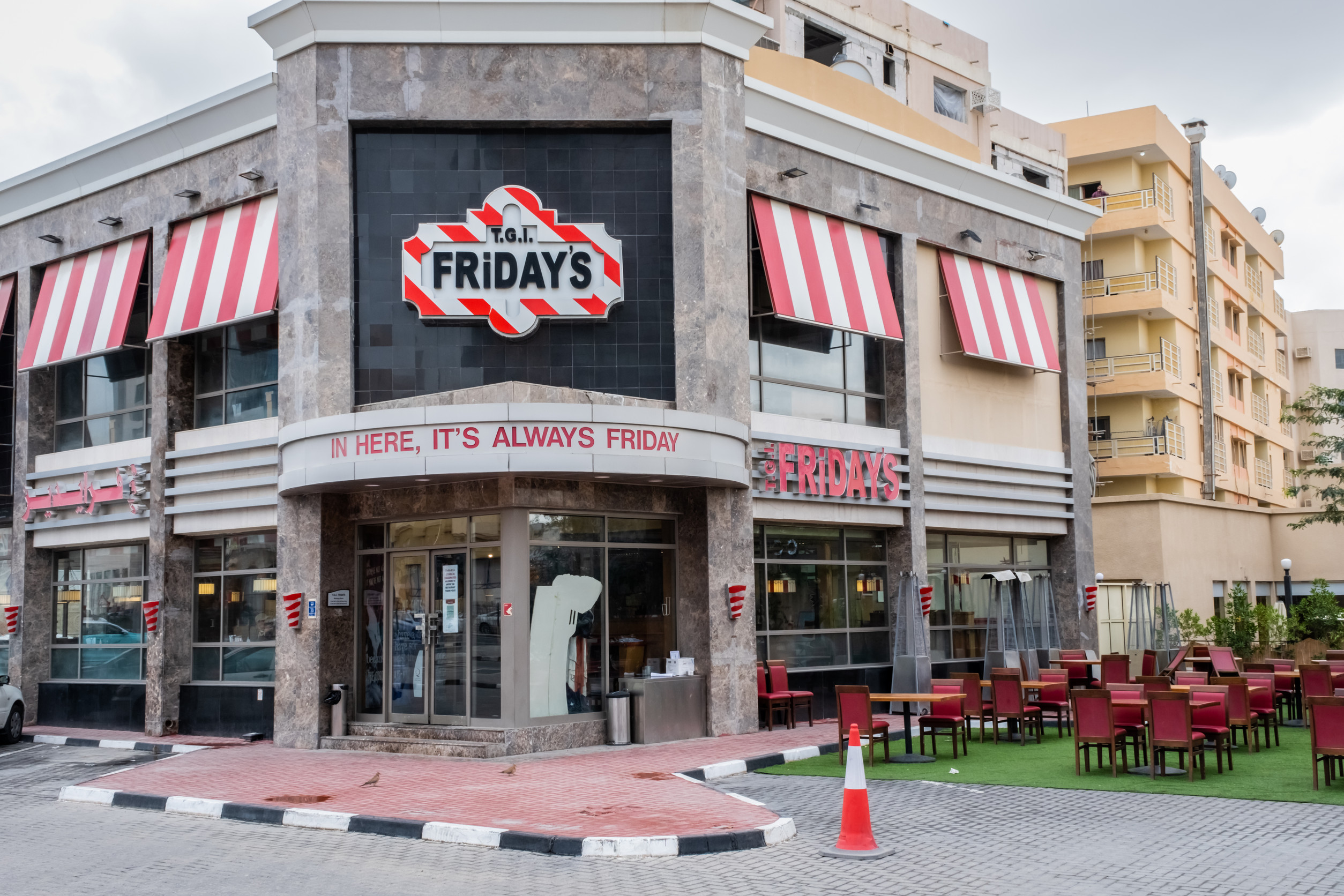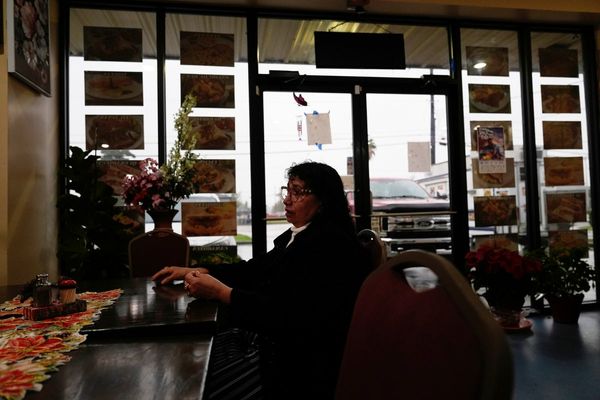
During the pandemic boom, many restaurant chains saw delivery as their golden ticket out of disaster. Some doubled down—partnering with ghost kitchens, outsourcing logistics, or cutting back on dine-in — believing delivery would rescue their bottom line. But for a few, the gamble backfired spectacularly. What looked like innovation turned into collapse as cost overruns, brand dilution, and operational complexity crushed them. Here are three chains that wagered heavily on delivery—only to lose nearly everything.
1. TGI Fridays
Once a staple of American casual dining, TGI Fridays leaned hard into delivery and ghost kitchen formats to stay afloat. As dine-in traffic waned, it expanded into delivery-only “virtual” versions of its menu. But rising commission fees, declining margins, and debt pressure overwhelmed the strategy. In late 2024, TGI Fridays filed for Chapter 11 bankruptcy protection. The brand attempted to pivot through franchising, menu innovation, and delivery partnerships, but the losses had already mounted. Analysts note that the costs of maintaining ghost kitchens—real estate, staffing, quality controls—often outweigh the gains. Because the chain’s identity was built on ambiance and in-person experience, delivery alone couldn’t carry the weight.
2. Krispy Kreme (via McDonald’s partnership)
Krispy Kreme once made headlines by partnering with McDonald’s to deliver donuts via McDonald’s locations. The plan seemed promising: leverage McDonald’s vast footprint and integrate delivery logistics. Instead, the execution proved financially unsustainable. The company’s gross margin plunged dramatically, from about 19% to 10.7% in a recent period. Analysts flagged that the cost and complexity of coordinating supply chains, freshness constraints, and delivery operations ate into profits. The brand struggled to maintain quality and speed across millions of delivery points. Eventually, the partnership folded, leaving Krispy Kreme scrambling to revive its core retail business.
3. Cassano’s Pizza King (delivery-only expansion flop)
Cassano’s Pizza King, based in Ohio, once attempted a bold shift: converting full-service locations into delivery-only outlets in Columbus and beyond. The idea was to lower overhead by eliminating dine-in operations and focusing entirely on delivery. But the chain misjudged market demand and cost margins. Because its pizzas were priced higher (to match the dine-in model), they couldn’t compete with established delivery-first players. The additional logistics and changes to the menu structure also caused friction with the existing customer base. In short: the conversion failed. Management eventually shut down those delivery-only units en masse.
Why This Strategy Backfires
Heavy reliance on delivery may appear low-cost at first glance, but the hidden costs are brutal. First, commission fees and platform cuts (DoorDash, Uber Eats, etc.) often take a 20–35% slice of each order. Next, maintaining quality control—especially for hot, fresh items—becomes harder with distance and variability in delivery partners. Then there’s logistics complexity: staffing, routing, packaging, and real estate all rise in importance. Finally, brand identity matters. Restaurants built on a dine-in experience lose much of their competitive edge when stripped to “just food in a box.”
In many failed cases, the net margin per delivered order turned negative once all costs were factored in. Ghost kitchens, which were supposed to reduce real estate costs, still require investment in equipment, food safety, and brand management. As delivery volume drops or competition intensifies, the upside shrinks while risks amplify.
This doesn’t mean delivery is doomed—but the path must be careful. Successful chains maintain a balance: preserve flagship dine-in experience, use delivery as a supplement, and keep control over core margins. Experiment in limited markets, optimize cost structures, and never abandon your brand essence. For investors, understand whether a chain’s delivery bet is backed by scalable infrastructure or just hopeful expansion. And for operators, the safest bet is incremental growth—not all-in jumps.
Do you think delivery will ever be a sustainable lifeline for restaurant chains, or is it just too risk-heavy? Share your take in the comments below.
What to Read Next
- 3 Restaurant Chains You Thought Were Dead—But Are Suddenly Everywhere Again
- 7 New Bakery Chains in the U.S.: Serving Up Bento Cakes, Mochi Donuts, and TikTok-Worthy Treats
- 11 Shocking Restaurant Health Code Violations
- 6 Strange Restaurant Policies You Need to Know About
- 5 Secrets Your Favorite Restaurant Will Never Tell You About Its Menu
The post These 3 Chain Restaurants Bet Big on Delivery—And Lost Everything appeared first on Grocery Coupon Guide.







